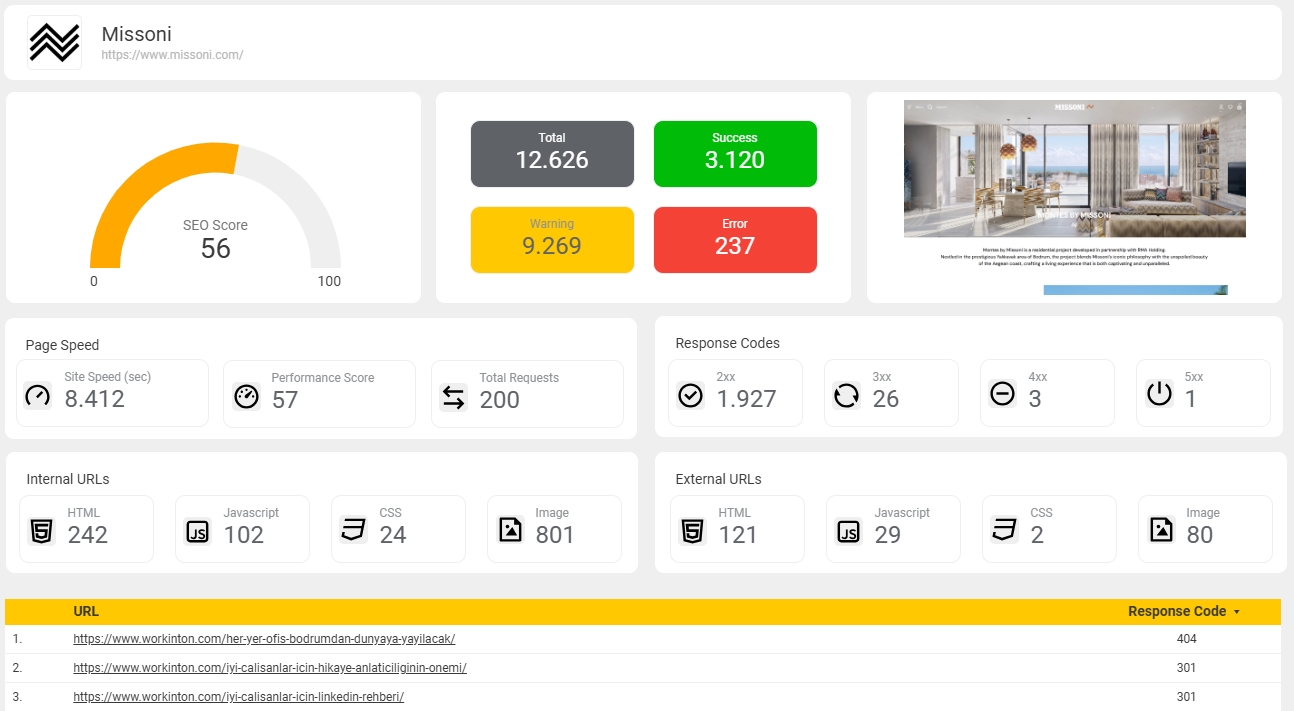In today’s digital-first world, a website acts as your business card, brochure, shopfront, communication channel, and conversion tool—all rolled into one. Whether you’re an entrepreneur, a service provider, a brand, or an organization, your website is the central hub where people learn about what you do, evaluate your credibility, and decide whether to engage with you. Without it, you’re virtually invisible in the online space.

What is Website?
A website is a group of related web pages that are accessible through a unique domain name. These pages can include text, images, videos, forms, or interactive tools. Every website serves a particular purpose—whether it’s selling products, offering services, educating visitors, or simply sharing information.
Websites are accessed through browsers (like Chrome or Safari) and hosted on servers that deliver the content to users in real time. At the front end, visitors interact with the visual interface and navigate through menus and clickable elements. At the back end, a content management system or manually written code powers the functionality.
Why Having a Website Matters
A professional website has a wide-reaching impact across all areas of communication, marketing, and business development. Here’s why it’s so critical:
- It makes you discoverable – Most people search online before making a decision. Without a website, you’re missing that traffic.
- It builds trust – A well-designed, informative website shows you’re legitimate, active, and reliable.
- It gives you control – Unlike social media, where visibility depends on algorithms, a website is fully in your hands.
- It supports sales and conversions – Whether through an e-commerce system or a contact form, your site can turn visitors into customers.
- It centralizes your presence – Instead of spreading across platforms, your website can unify all your branding, content, and calls to action in one place.

References










Case Studies

+ 468%
organic impressions
+ 376%
sessions – non brand
+ 2.804
word first page

+ 597%
organic impressions
+ 488%
sessions – non brand
+ 4.230
word first page

+ 211%
organic impressions
+ 271%
sessions – non brand
+ 176
word first page

+ 654%
organic impressions
+ 410%
sessions – non brand
+ 4.837
word first page
Testimonials

Raiser completely changed the way we approach SEO and lead generation. What once seemed too complex and technical became manageable thanks to its user-friendly interface and powerful tools. We were able to analyze our site, fix issues, and implement targeted SEO improvements on our own. As a result, not only did our traffic grow, but the quality and quantity of our inbound leads increased significantly.
Rabia K.
Workinton

As an e-commerce brand, we struggled to understand why our website wasn’t performing for SEO. Raiser quickly highlighted key SEO issues and gave us clear, actionable steps. With improved site structure, faster load times, and smarter content optimization, we saw higher rankings, more qualified traffic, and a real boost in sales. Raiser didn’t just fix problems—it gave us the confidence to grow.
Ugur C.
Pazarium

Managing a global corporate website comes with the challenge of addressing different regional needs. Raiser helped us implement location-specific SEO improvements and content strategies that actually made a difference. From identifying regional keyword opportunities to optimizing pages per market, we gained both visibility and relevance in key local search results—without complicating our global structure.
Erdinc D.
Franke Turkiye

Using Raiser SEO solutions, we were able to get our digital marketing operations in order. Understanding clearly what needs to be done for improvement with in-depth analysis and seeing the results of our work with regular, detailed reports helped us immensely in speeding up our website, making it more user-friendly, and getting better rankings in Google.
Hanno A.
Briisk

